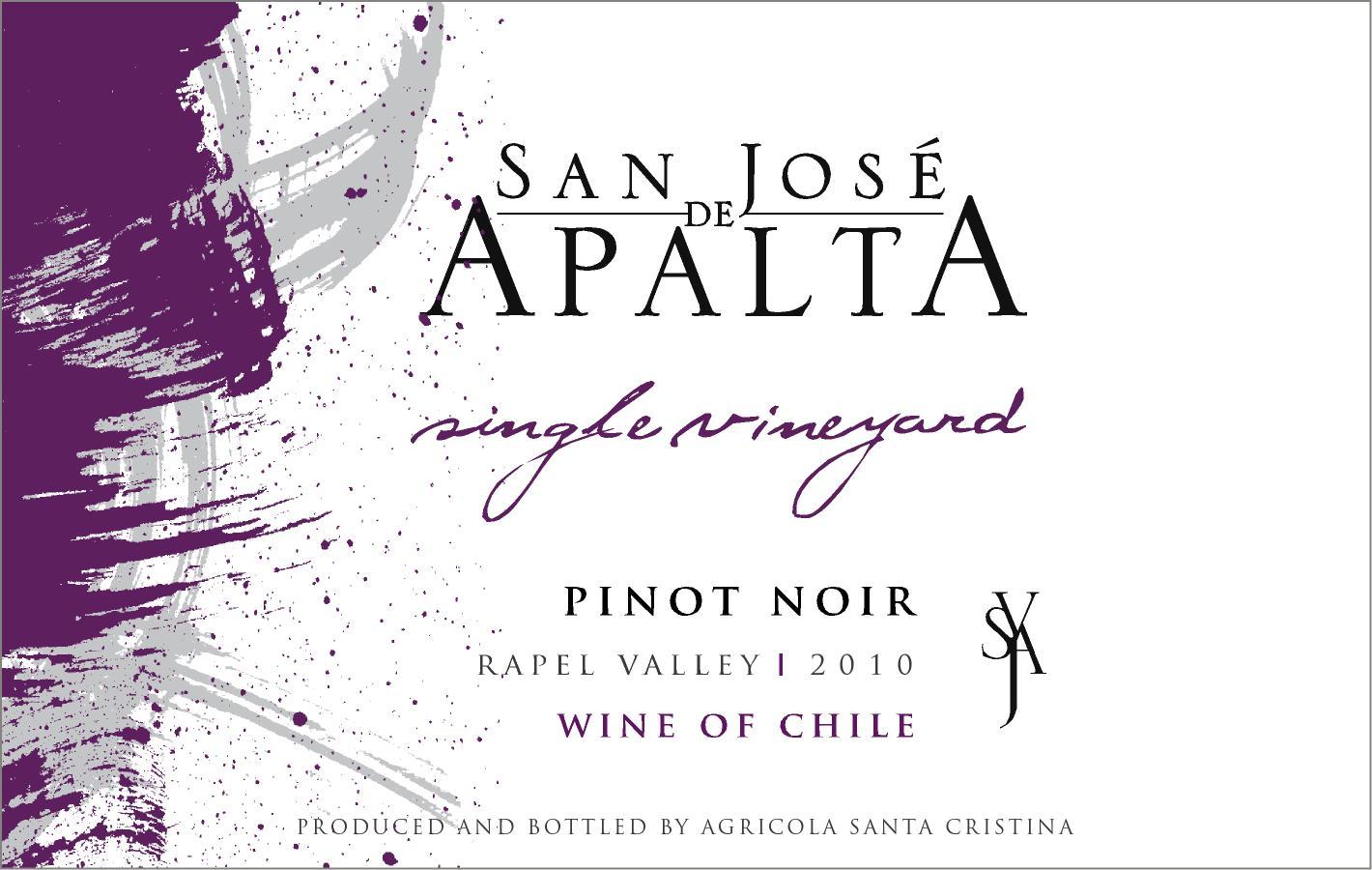2010 Rapel Valley Pinot Noir
The San Jose De Apalta Single Vineyard 2010 is a delightful Pinot Noir that hails from the esteemed Rapel Valley, renowned for its exceptional terroir. This red wine showcases a vibrant ruby color that entices the eye, while its elegant aromas of ripe black cherries and subtle earthiness create an inviting bouquet. On the palate, it reveals a beautifully balanced structure, featuring medium body and delightful acidity that keep the wine fresh and lively. The tannins are gracefully integrated, providing a soft, velvety texture that enhances the overall drinking experience. With a fruit intensity that leans towards the prominent side, this wine perfectly embodies the finesse of its varietal while offering a captivating and refined finish. Ideal for pairing with salmon or roasted poultry, this wine is a testament to the artistry of winemaking in the Rapel Valley.
The San Jose De Apalta Single Vineyard 2010 is a delightful Pinot Noir that hails from the esteemed Rapel Valley, renowned for its exceptional terroir. This red wine showcases a vibrant ruby color that entices the eye, while its elegant aromas of ripe black cherries and subtle earthiness create an inviting bouquet. On the palate, it reveals a beautifully balanced structure, featuring medium body and delightful acidity that keep the wine fresh and lively. The tannins are gracefully integrated, providing a soft, velvety texture that enhances the overall drinking experience. With a fruit intensity that leans towards the prominent side, this wine perfectly embodies the finesse of its varietal while offering a captivating and refined finish. Ideal for pairing with salmon or roasted poultry, this wine is a testament to the artistry of winemaking in the Rapel Valley.




